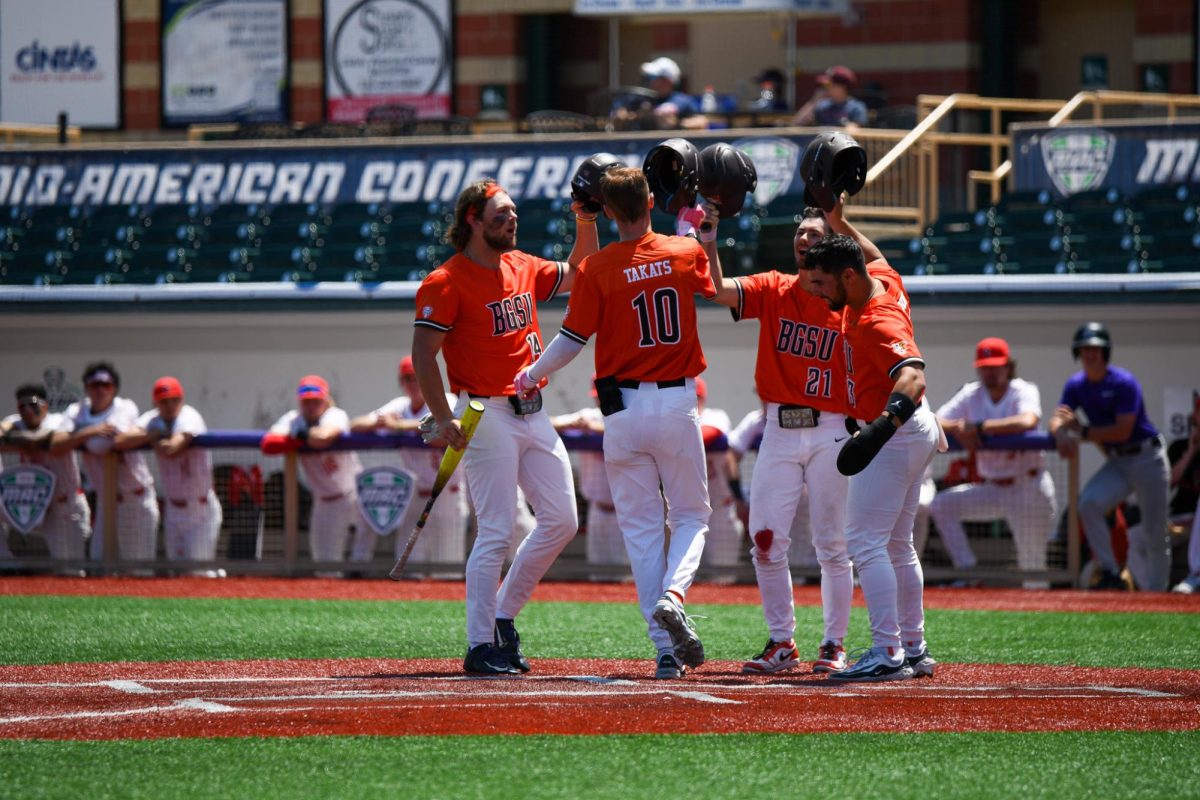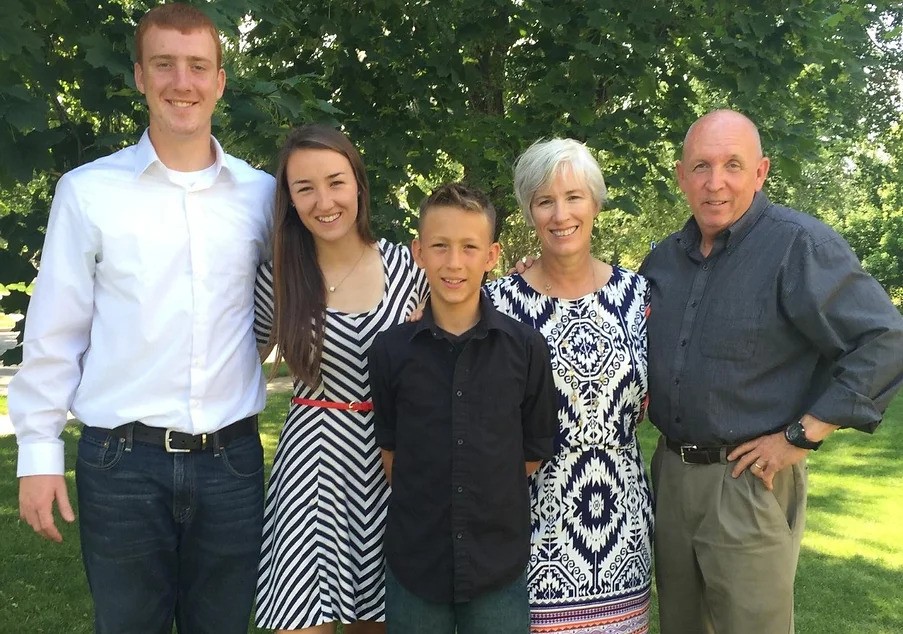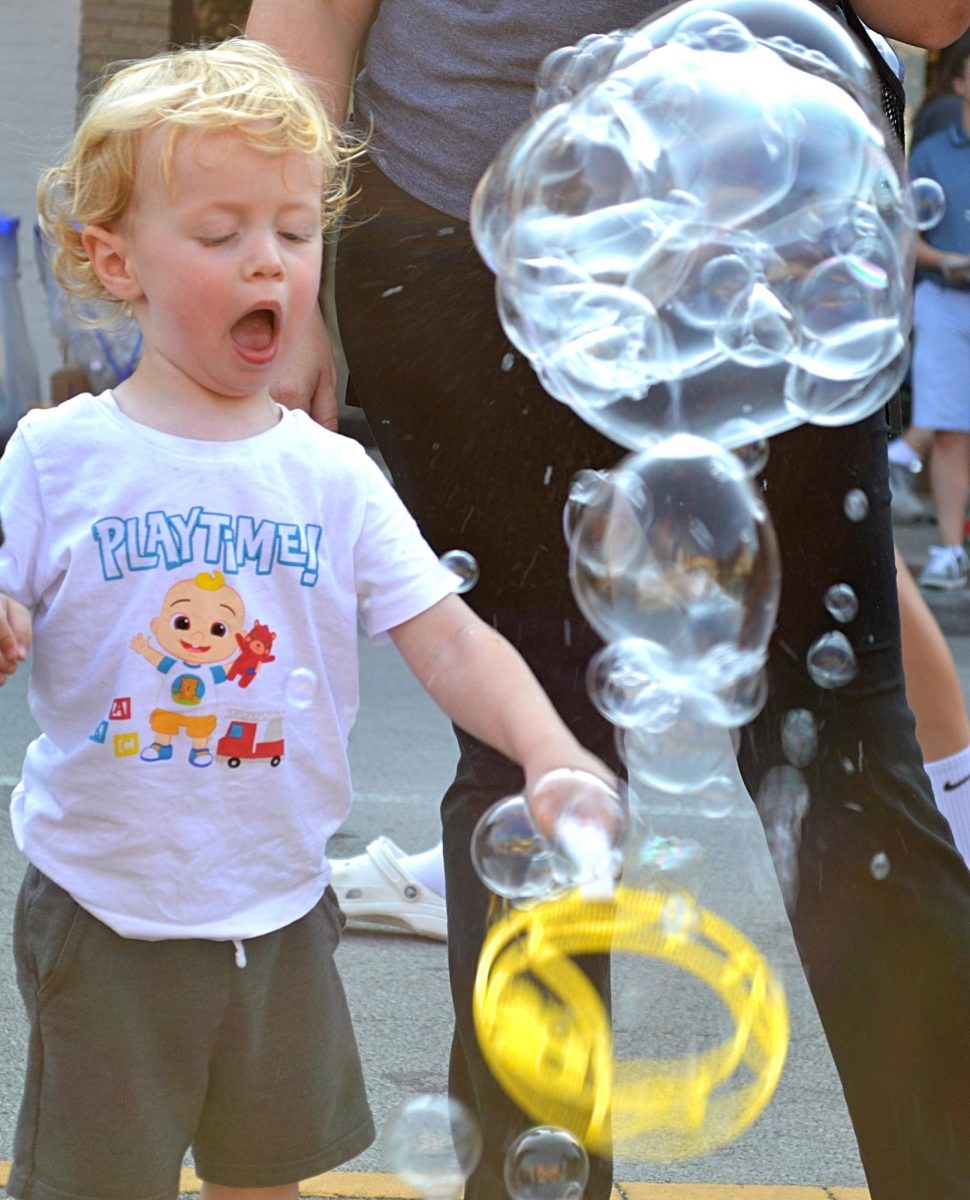Brandon Drake
ST. LOUIS _ The patient, covered with a green drape, lies on the table in the operating room. Dr. Caroline Hall and Dr. Ryan Leifheit, first-year residents in anesthesiology at St. Louis University, move smoothly between the monitors and the patient, who is undergoing surgery for a broken wrist. Suddenly, concerned about a report from one of the monitors, Leifheit says, “We’ve got a leak. This is a disaster.”
Leifheit attempts to determine the origin of the problem. With Hall, he backtracks to when the problem first occurred, and they try to correct it. Eventually, the patient stabilizes, and the surgery is complete. “Let’s take her to recovery before something else happens,” says Leifheit, an expression of profound relief evident on his face.
From a control room behind an observation window with one-way glass comes the voice of Dr. Nahel Saied: “That’s the point. Anything can happen any time.”
Saied is an assistant professor of anesthesiology at the SLU School of Medicine and the director of the simulation program at the school’s Life Support Skills Center. The patient is not a “her” at all, but a $240,000 life-sized, computer-controlled simulator mannequin named Eddie.
Eddie’s cohort, Sam _ who has been known to don a wig and go by the name Samantha _ serves the same purpose at the Clinical Simulation Center at Washington University. Eddie and Sam have similar medical histories. Every week, each suffers numerous heart attacks, experiences repeated pulmonary problems and comes close to death. The full-body mannequins have mechanical hearts that beat, a pulse that throbs and hands that twitch. Their eyes dilate, open and close. They even cry, vomit and produce urine.
Most doctors consider the opportunity to learn on a medical mannequin a boon to patient safety. During mock surgery, a mannequin can be programmed to exhibit such complications as throat spasms, asthma attacks and irregular heartbeat.
“These are events the residents are not expecting, though they have been trained to deal with them,” said Dr. Mark Comunale, chairman of anesthesiology and critical care at St. Louis University. “With the simulator, we can watch the way they deal with the problem without worrying about patient injury. Also, we can stop the computer and say, `You did that wrong, let’s try it again,’ which is something we can’t do in the operating room.”
Comunale compared anesthesiology to flying a plane. “Putting someone to sleep can be analogous to taking off. During aspiration, you’re cruising at altitude. Coming out of anesthesia is landing,” he said. A successful flight, as it were, depends on a lot of drugs and a lot of equipment. Sessions with Eddie work well for training both residents and faculty, said Comunale. “I’ve had the opportunity to use the simulator myself. You get caught up in the scenario. You lose sight of the fact that it’s a simulation. You get drawn in, and you sweat,” he said. “But if you make a mistake, you’re not going to harm anyone.”
All training sessions are taped and played back, so participants and observers can watch and learn. The Life Support Skills Center cost about $1 million when it was built four years ago. The Clinical Simulation Center at Washington University, constructed in a converted operating room for $500,000, opened in 1996.
“We were the first center to open in the Midwest, and probably the first in the U.S. to teach and train students and doctors,” said Dr. David Murray, director of the Wash U Center. “People have always said this (the simulator) was a great device to increase patient safety, but no one ever said how to do that. We had a head start defining what we wanted to teach and what we wanted to train people to do.”
Murray wants to train doctors to be better at their craft. “The technology is up to date. It doesn’t need to get better,” he said. “What needs to get better is how we use the technology to train people so that they are better physicians.”
He glanced up at the closed-circuit screen showing five of his 17 first-year anesthesiology residents at work on Sam. “This afternoon, we’re melding a couple of different problems, among them decreased oxygen levels. This is different from a classroom where we tell you that the patient has pneumonia and then we teach you about pneumonia and how it decreases oxygen level. This is very different.”
In the mock operating room with the students, Dr. Joseph Kras, associate director of the Center, asked Dr. Jeffrey Yoder for a diagnosis of the rapidly declining patient’s condition. “Myocardial ischemia,” said Yoder. With the other residents, Yoder paused to discuss what that diagnosis might mean and what actions might be called for.
Still watching from the next room, Murray commented, “You would never be able to stop in the middle of a crisis situation and make time for deductive reasoning.” Then he noted that Julie Woodhouse, the nurse who works as the program’s administrator, “must be doing everything she can on the computer to keep Sam going while the students talk this through.”
Three residents, Dr. Shawn Snow, Dr. Haiqiong Riggs and Dr. Brian Cohen, gathered to talk about their training.
“Working with the mannequin is a unique opportunity for the instructor to throw problems at us,” said Snow. He paused and laughed. “It seems I’m never in the group with an easy induction. But in this business, you see a lot of emergencies happen, and with the mannequin, you learn what to do without having to learn on a real patient.”






















